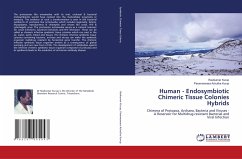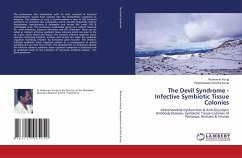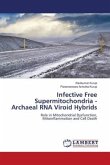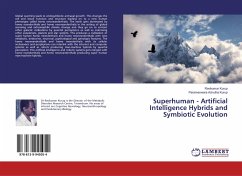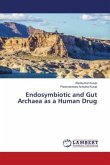The protozoans like entamoeba with its viral, archaeal & bacterial endosymbionts would have evolved into the multicellular organisms or metazoa. The evidence of such a transformation is seen in the bacterial symbionts of protozoa like entamoeba which includes legionella, listeria, mycoplasma, mycobacteria & chlamydia and viruses like covid, HIV & cytomegalo virus. The protozoan entamoeba serves as a natural reservoir for covid infections, bacterial infections and HIV infections. These can be called as chimeric infective symbiotic tissue colonies which can exist in the air, water, earth, blood and tissues. The chimeric infective symbiotic tissue colonies containing bacteria, archaea and viruses can make the symbiotic organism multidrug resistant by horizontal gene transfer. The chimeric infective symbiotic tissue organism evolves as a consequence of global warming and are new form of life. The development of antibodies against the infective chimeric symbiotic tissue organism composed of protozoa and its symbionts leads to the evolution of anti-brain antibody disease.
Bitte wählen Sie Ihr Anliegen aus.
Rechnungen
Retourenschein anfordern
Bestellstatus
Storno

